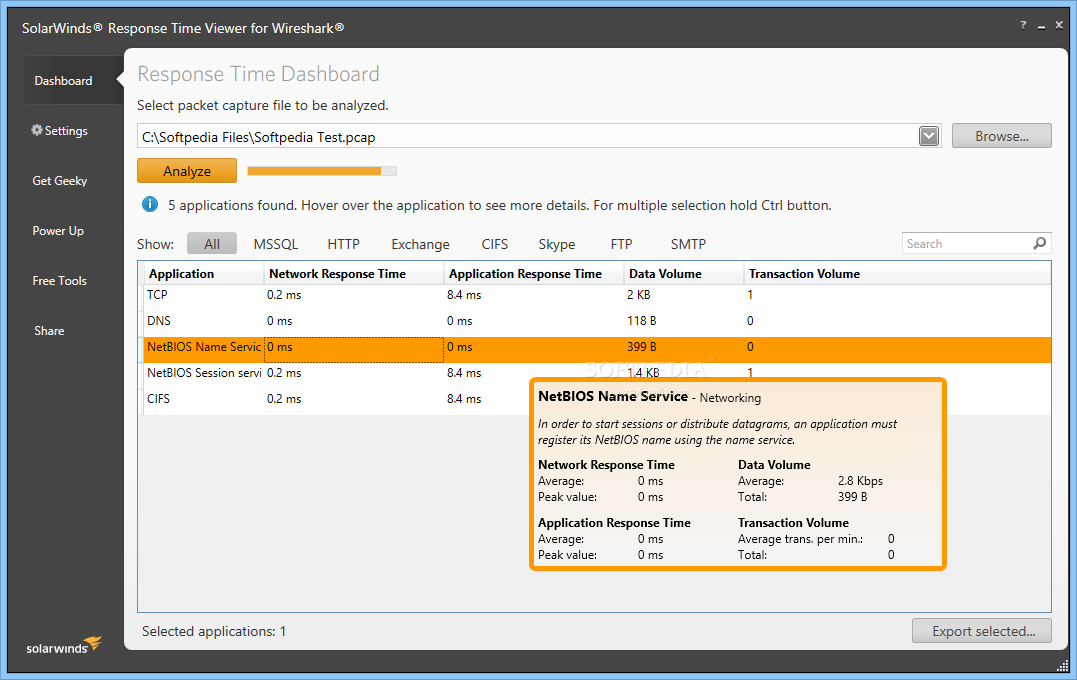

Here we are only interested in the pure-Kerberos details. Some of it involves proprietary details beyond the scope of the Kerberos 5 protocol that we do not care about in this post.

This makes it easier to capture network traces (with Wireshark or similar tools) of Kerberos than some of the other identity protocols. Luckily, the Kerberos protocol is mostly unencrypted (except for the tickets, authenticators, and some other sensative details) that rely upon message and field level encryption. If you are new to the Kerberos protocol, a good starting place would be my Kerberos and Windows Security: Kerberos v5 Protocol post.

This post will help solidify our understanding of the Kerberos v5 protocol with a real world example. It describes the Kerberos network traffic captured during the sign on of a domain user to a domain-joined Windows Server 2016 instance. This blog post is the next in my Kerberos and Windows Security series.


 0 kommentar(er)
0 kommentar(er)
